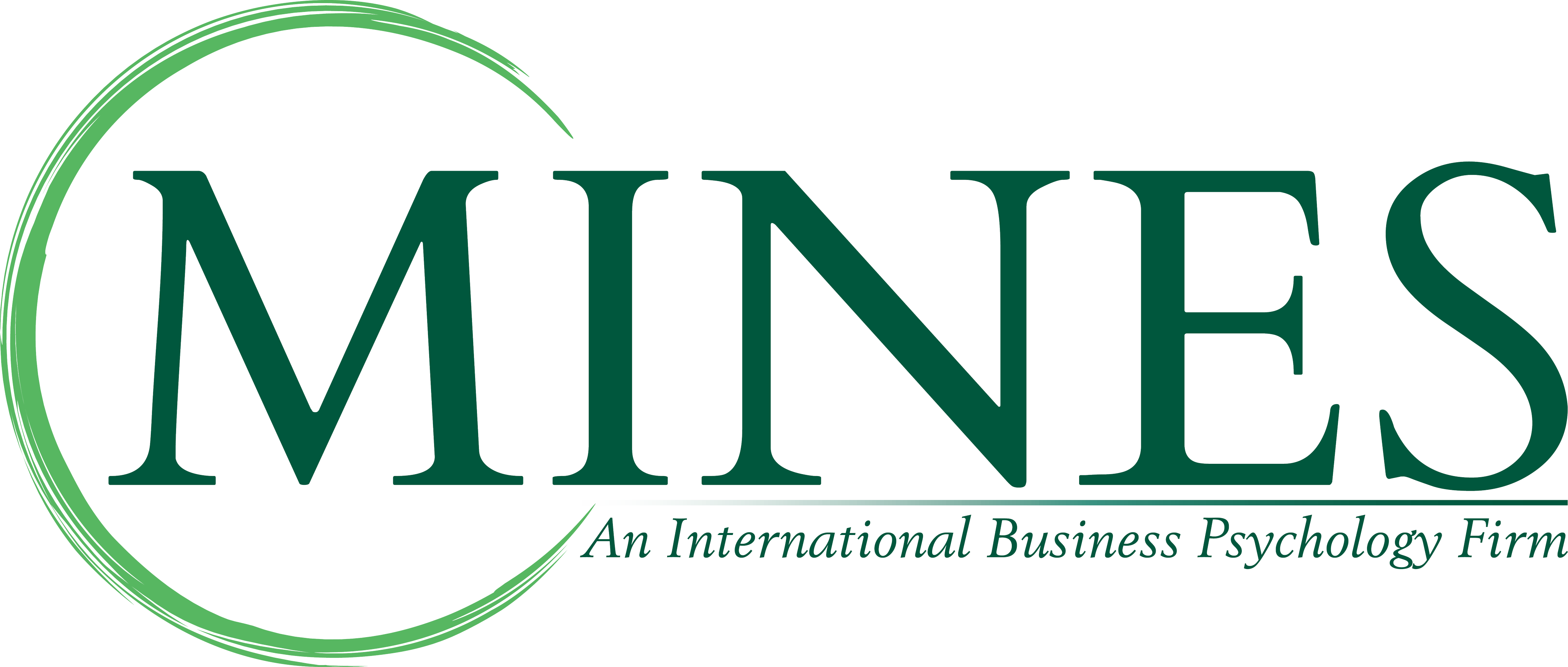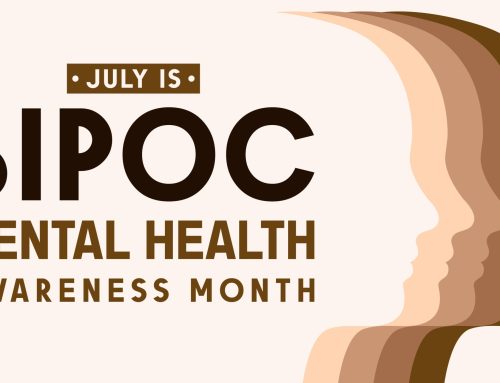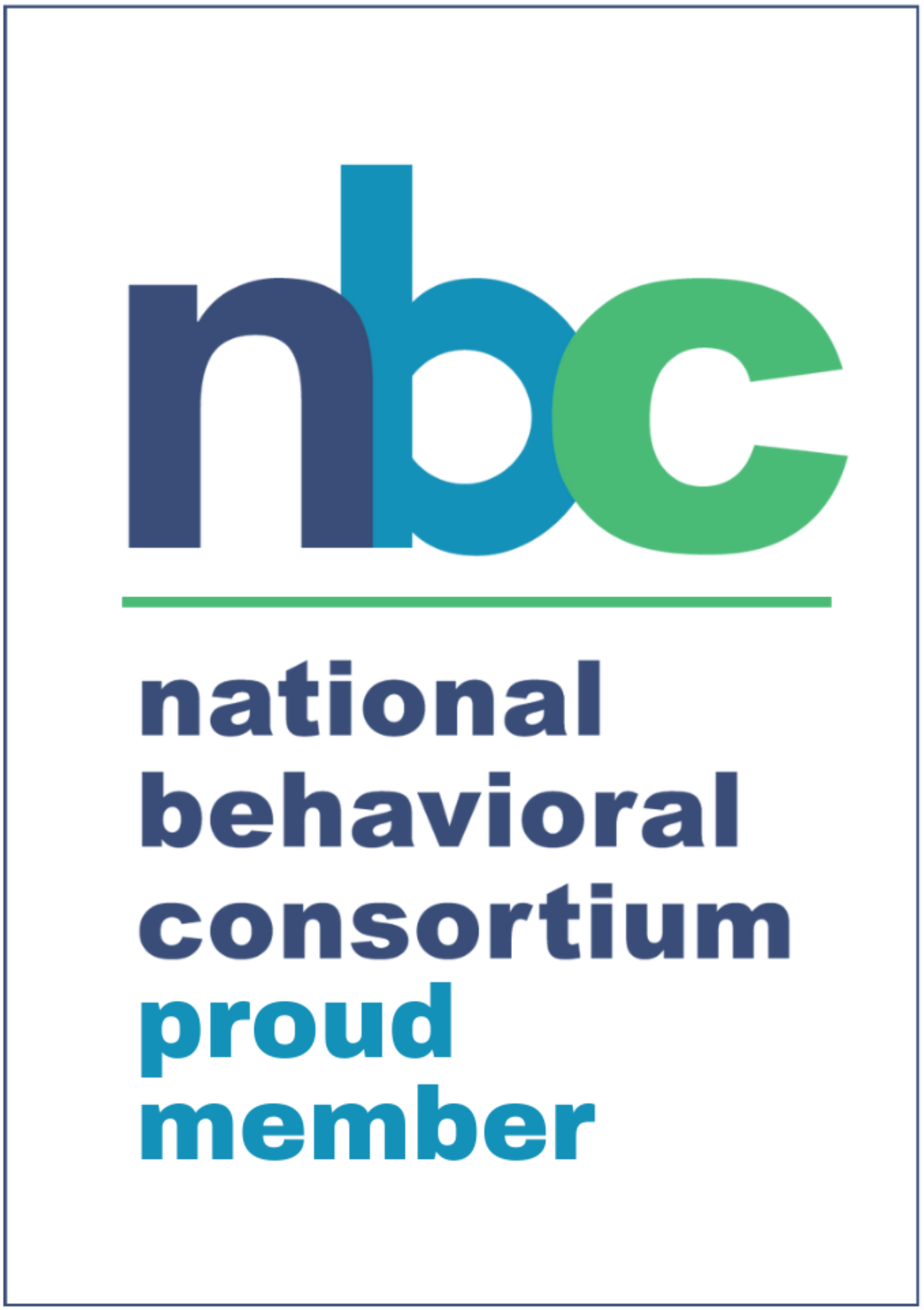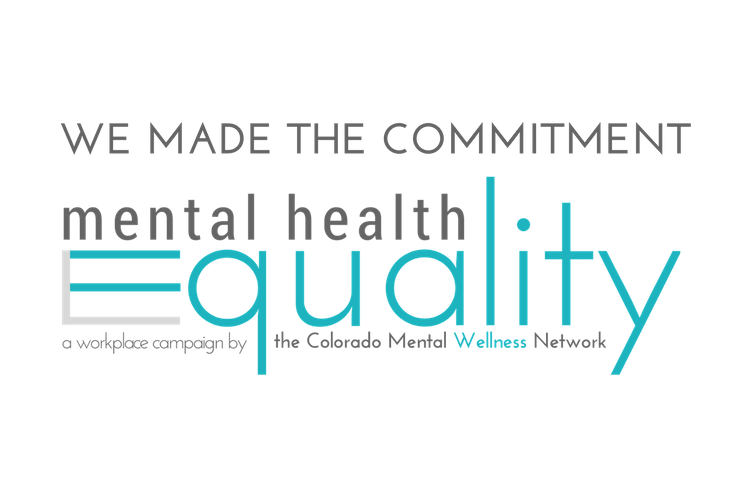In September, we recognize Suicide Awareness and Prevention Month, when we discuss and learn how each of us can do our part in preventing suicide. Unfortunately, suicide continues to be a very serious problem both in the United States and globally, and it doesn’t seem to be getting any better. Suicide rates have risen across all states in the past several years, according to the CDC.
Around 4.8% of adults in the U.S. experience serious suicidal thoughts. Tragically, suicide is the second-leading cause of death for children aged 10 to 14; it’s the 3rd leading cause of death for young people aged 15 to 24, and the 12th leading cause of death overall.
It’s clear that suicide is a very serious and growing public health crisis that’s taking lives. But there is something that we all can do to help promote awareness and prevent suicide. This is especially true in the workplace, considering most people who die by suicide are of working age. Employee wellbeing is a cornerstone focus for the team at Mines and Associates.
In today’s MINES blog, we’ll talk in-depth about the topic of suicide, including what you can do to help.
If you’re having serious suicidal thoughts or are thinking of ending your life, there is crisis support available to you. You can dial or text 988, open an online chat with the National Lifeline, text hello to 741741, or visit your nearest emergency room.
Do you know the warning signs of suicide?
One of the most powerful ways to help prevent suicide is to learn how to recognize the warning signs that someone might be feeling suicidal. When you’re able to recognize that someone needs support, whether that be the mental wellbeing of an employee or a friend, you’re more likely to be able to help them in a timely manner.
According to the American Society for Suicide Prevention, most people who die by suicide do show at least one sign that they’re having suicidal thoughts. These warning signs are especially important to pay attention to if they’re paired with a stressful event or sudden change in the person’s life – something like a divorce, job loss, and so on.
Some of the most commonly seen warning signs for suicide include:
- Behavioral changes: You may notice sudden and unexplained shifts in behavior, like withdrawal from social interactions and isolating oneself.
- Talking about death: People who are thinking of suicide often talk a lot about feeling hopeless, wishing they were dead, or not having a reason to live. Take these things very seriously.
- Performance decline: At work, you might notice a sudden drop in performance or productivity.
- Mood swings: The person might have frequent mood swings or get irritable more easily.
- Hopelessness: Listen for expressions of hopelessness, helplessness, or feelings of being trapped.
- Searching methods of suicide: You might find out that someone has been searching for methods to end their lives or trying to gain access to a weapon. This should be taken very seriously.
- Self-criticism: Be aware of increased self-criticism or negative self-talk.
- Giving away possessions: Watch for signs of giving away personal belongings or making final arrangements.
- Saying goodbye: Be alert if someone says goodbye in a way that sounds final or unusual.
- Increased substance use: Notice an increase in alcohol or drug consumption.
- Reckless behavior: Pay attention to engaging in risky or reckless behavior without concern for consequences.
What to do to help someone who may be thinking about suicide
If you’re concerned that someone in your life is thinking of ending their life, then it’s important to act as quickly as possible. The wellbeing of employees and friends alike is very important to pay attention to. When people feel listened to and supported without judgment, they tend to feel less hopeless and overwhelmed. You can be the one to help and support a suicidal person in this way. In general, you can follow these 5 actions for suicide prevention suggested by the Suicide & Crisis Lifeline:
- Ask the person about how they’re feeling. Don’t be afraid to ask them directly if they’ve been thinking about taking their own life. Despite common misconceptions, asking people directly about suicide can actually decrease, not increase, suicidal ideation.
- Talk to the person and listen to them with empathy. Your simple presence can make a huge difference. Check-in with the person regularly and make sure they know you’re there for them and that they matter to you.
- People without access to lethal means (like a firearm) are much less likely to die by suicide. Take necessary actions to keep the person physically safe. For example, you might ask them if you could store their firearm or drugs for them until they’re feeling more hopeful.
- Connect them to helpful resources. Stay with the person while they call one of the crisis resources above. Go with them to an emergency room or crisis center. Help them get in touch with their therapist. Treat the situation like the life-threatening emergency that it is.
- Follow up with the person continuously, especially after they’ve been discharged from a hospital or another type of treatment. Don’t forget about them after the immediate crisis passes.
Suicide prevention at work: What role do employers play?
Most working-age adults spend many of their waking hours in the workplace. This means that employers have an enormous responsibility – and opportunity – to create a priority for mental health and actively support suicide prevention through employee wellbeing initiatives.
Here are some actions that employers can take. This Suicide Awareness Month, take a look at your workplace policies and culture and consider what may need to be improved.
- Raise awareness. Educate employees about available mental health resources, including hotlines, support groups, and online platforms. This information should be easily accessible and openly discussed.
- Destigmatize Mental Health Conversations. Encourage open dialogue about mental health to break down stigmas. Training sessions or workshops can help managers and employees navigate these conversations appropriately. Lead by example, and talk about your own mental health as well.
- Offer flexible work arrangements. Recognize that mental health struggles can impact your employees’ ability to work consistently. Providing flexible schedules or remote work options can alleviate stress and promote work-life balance.
- Develop comprehensive mental health policies that include guidelines for addressing concerns, accommodations, and resources. Ensure these policies are communicated clearly to all employees for their wellbeing and workplace success.
- Offer mental health training for managers and supervisors to recognize the warning signs of suicide (and other mental health concerns) and respond effectively.
- Develop a clear crisis response plan that outlines steps to take in case of a mental health emergency. This can help ensure a fast and appropriate response when an employee is in need.
- Promote an overall supportive work environment. Cultivate a workplace culture that values well-being. Recognize achievements, encourage breaks, and discourage overworking.
- Consider partnering with mental health organizations. Collaborate with local mental health organizations to access resources, training, and support for employees.
Lastly, your Employee Assistance Program (EAP) is a mental health resource that’s always at your disposal. The MINES & Associates EAP offers free and confidential counseling 24/7 to all of our members. Our team is staffed by doctoral-level psychologists, clinical social workers, and masters-level therapists who can provide help and support for an employee who may be in need. Employee wellbeing is important for the greater good in all of society.
To learn more, get in touch with us!
To Your Wellbeing,
The MINES Team











Leave A Comment